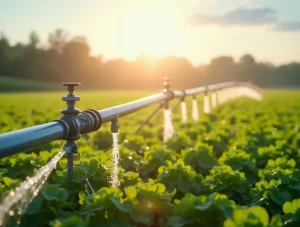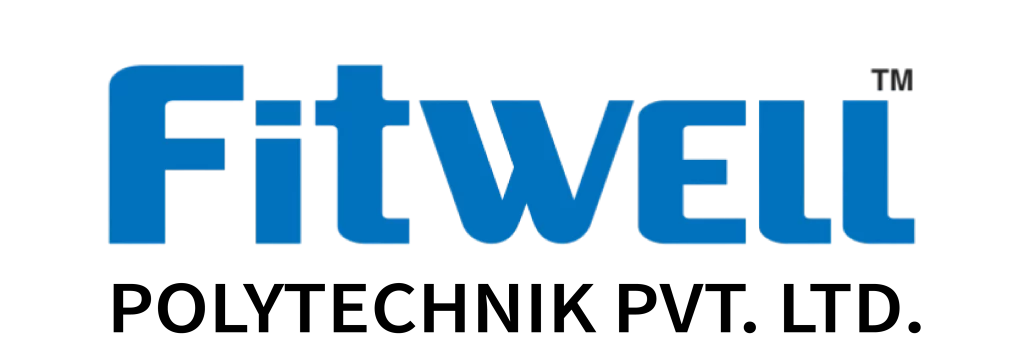Mastering Pipe Joining Methods: PVC, UPVC, and Plumbing Essentials
What Type of Joint Is Used on PVC?
Common Joint Types for PVC Pipes
The most widely used joint for PVC pipes is the solvent cement joint, which chemically bonds the pipe and fitting together. This method ensures a leak-proof and durable connection, ideal for residential and commercial applications. Another popular option is the push-fit or compression joint, which allows for easy and temporary connections without adhesives.
Advantages of Specific Joints in PVC Applications
- Durability and Leak-Free Performance: Solvent cement creates a strong bond that resists pressure and external forces.
- Cost-Effectiveness and Ease of Installation: Push-fit joints are quick to install, reducing labor costs and time
How to Connect Two PVC Pipes Without Threads?
Threadless PVC Pipe Connection Methods
To connect two PVC pipes without threads, couplers are the most effective option. These fittings are attached using solvent cement or push-fit mechanisms to create a secure bond. For temporary or flexible connections, rubber couplings with clamps are another reliable choice.
Advantages of Non-Threaded Connections
- Quick installation with minimal tools.
- Reduced risk of leakage when sealed correctly
Which Fitting Allows 4 Pipes to Be Joined Together?
Multi-Pipe Connection Fittings
Cross fittings are designed to connect four pipes at a single junction. Each branch meets at 90-degree angles, making it perfect for complex plumbing systems like irrigation networks.
Applications of 4-Pipe Fittings
- Irrigation and Sprinkler Systems: Cross fittings enable efficient water distribution.
- Complex Plumbing Networks: Ideal for systems requiring multiple inputs and outputs.
What is Dual Plumbing System?
Overview of Dual Plumbing Systems
A dual plumbing system separates potable and non-potable water supply lines, improving water efficiency. Potable water is used for drinking and cooking, while non-potable water is allocated for irrigation and flushing.
Advantages of Dual Plumbing Systems
- Environmental Sustainability: Reduces freshwater consumption by utilizing recycled water.
- Cost Savings: Cuts water bills by separating potable and non-potable uses.
Which Machine Is Used to Join Pipes?
Machines for Pipe Joining
For plastic pipes like PVC and HDPE, butt fusion machines are commonly used. These machines heat and fuse pipe ends together, creating a seamless joint. In metal pipe systems, welding machines are preferred for strong and durable connections.
Other Pipe Joining Tools
- Hydraulic Press Machines: Common in industrial applications.
- Solvent Cement Applicators: Used for precise application of adhesives in PVC and UPVC systems.
What Device Is Used to Join Two Pipes?
Common Devices for Pipe Connections
Pipe clamps and threaded couplings are frequently used for connecting two pipes. Pipe wrenches are essential for tightening or loosening threaded fittings.
Choosing the Right Device for Your Pipe Material
For PVC and UPVC, flexible rubber couplings and solvent cement are ideal, while metal pipes benefit from welding or threaded connections.
What is the Best Way to Join PVC Pipes Together?
Step-by-Step Guide to Joining PVC Pipes
- Cut the pipe ends cleanly with a PVC cutter or hacksaw.
- Clean and dry the ends thoroughly.
- Apply primer to soften the surface.
- Apply solvent cement evenly and insert the pipe into the fitting with a twisting motion.
- Hold for 30 seconds to ensure the bond sets.
Ensuring a Leak-Proof Connection
Allow the joint to cure for the recommended time before testing it under pressure.
What is the Easiest Type of Plumbing?
User-Friendly Plumbing Systems
PEX plumbing is considered the easiest due to its flexibility and compatibility with push-fit fittings. These systems eliminate the need for adhesives or soldering.
Advantages of Easy Plumbing Methods
- Reduced installation time and effort.
- Requires minimal tools and expertise, making it ideal for DIY projects.
Manufacturing Process of CPVC Piping Systems
Conclusion
Understanding the right method for joining pipes is essential for ensuring durability and efficiency in any plumbing system. From solvent welding for PVC pipes to advanced butt fusion machines for industrial setups, selecting the correct technique depends on the material, application, and environmental conditions. Modern innovations like push-fit fittings and dual plumbing systems have made plumbing more efficient, environmentally friendly, and easier to install. By following best practices and using the right tools, you can achieve leak-free, long-lasting connections.
Frequently asked questions
Here are answers to some frequently asked questions about Fitwell's plumbing services.
The best way to join PVC pipes is by using solvent cement, which creates a durable and leak-proof bond.
You can use PVC couplers or flexible rubber couplings to join two PVC pipes without threads.
A dual plumbing system separates potable and non-potable water lines, improving water efficiency and sustainability.
Cross fittings are used to connect four pipes at 90-degree angles.
The threaded joint is the oldest method, commonly used for metal pipes, while lead and oakum joints were used for cast iron systems.
Stay on the forefront of industry trends by checking out our latest content
Stay ahead with our latest content, designed to keep you informed on the newest industry trends and insights. Discover valuable updates that help you lead in your field.

Trusted uPVC Pipes Manufacturers for India’s Top Contractors
Introduction: The Surge in Demand for uPVC Pipes Among Top Contractors in India The construction and infrastructure sectors in India have witnessed a significant transition toward sustainable and long-lasting materials.

Top Innovations in Agricultural Pipe Fittings for Water Savings [2025]
Introduction to Agricultural Pipe Fittings and Water Sustainability Agricultural pipe fittings play a pivotal role in building efficient irrigation systems, crucial for modern farming practices. By exploring the versatility of

Expeart Tips from MDPE Pipe Fittings Manufacturers to Avoid Failures
Expeart Tips from MDPE Pipe Fittings Manufacturers to Avoid Failures Understanding MDPE Pipe Fittings: An Overview MDPE (Medium Density Polyethylene) fittings, used extensively in gas and water systems, offer strong,
Request a Free Consultation
Get personalized plumbing solutions with a free consultation from Fitwell.

